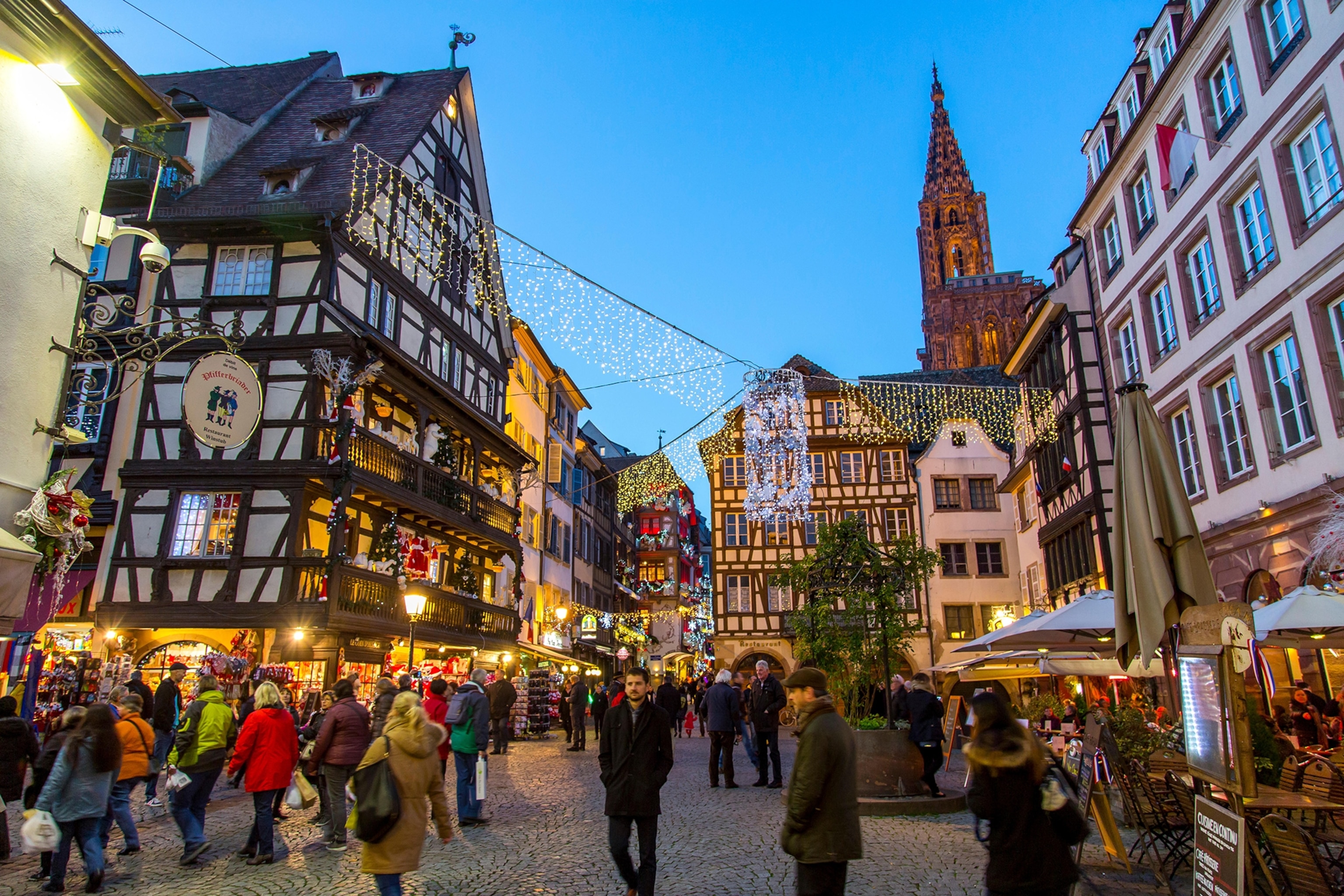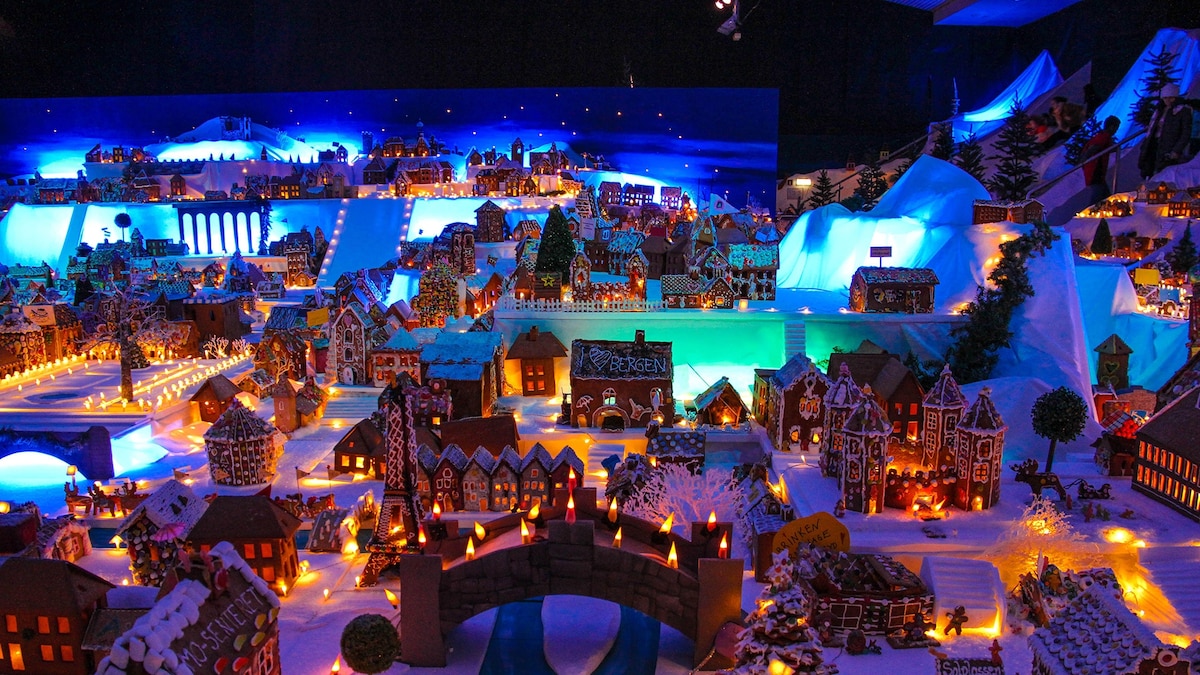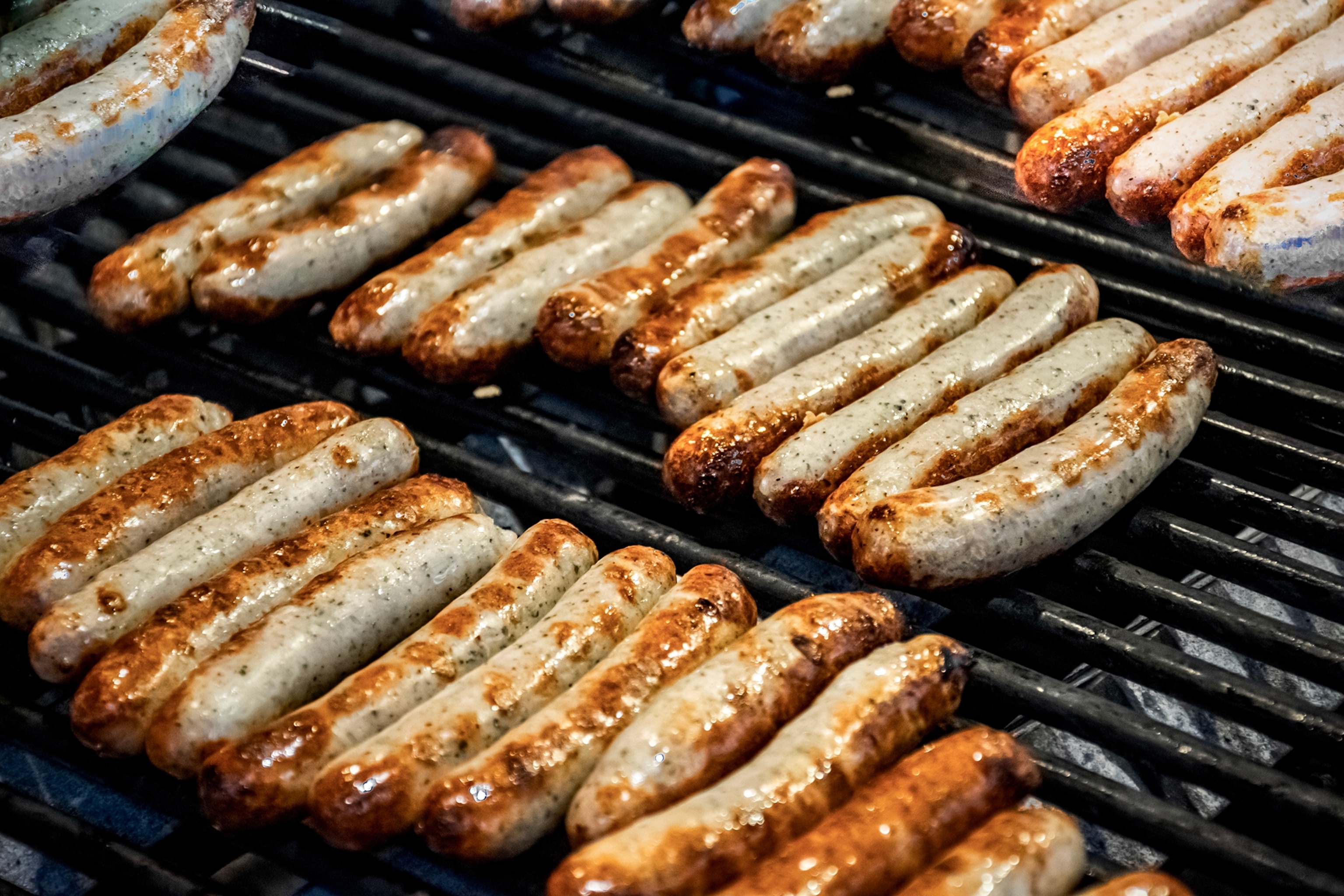The Viking view of death was not a final end, but a complex and vital transition to distinct spiritual otherworlds, such as Valhalla (the hall of the slain), Folkvangr (ruled by the goddess Freyja), or the chilling realm of Hel. Because the Norse believed the soul could fragment—lingering in the burial mound, being reborn, or joining the ancestors—Viking funerals were elaborate, highly ritualized, and intensely personal affairs. Spanning the entire Viking Age, these rites were designed not only to honor the dead but to ensure their smooth and successful passage to the next life. Archaeological discoveries across Scandinavia and beyond reveal a remarkable diversity of customs, ranging from simple cremation mounds to spectacular, symbolic ship burials that served as final, grand vessels for the voyage beyond.
A Pantheon of Afterlives: Shaping the Funeral Rites
The Norse mythological framework necessitated a diverse range of funerary practices, as the afterlife was not a singular destination. Warriors slain in battle sought Valhalla, where they would feast and fight endlessly while awaiting the cataclysmic end of the world, Ragnarök, under the god Odin. Others went to Folkvangr, a realm ruled by the goddess Freyja. The most common destination was Hel, a cold and misty underworld ruled by a goddess of the same name, which was a place of stagnation rather than punishment, unlike the Christian concept of Hell.

The Vikings were steeped in a fierce sense of wyrd, or fate, believing that the Norns, three mythic weavers, spun the destiny of all beings. This belief system emphasized a constant concern for a smooth transition from this life to the next, compelling communities to invest substantial effort, time, and resources into the final rites. Archaeological evidence confirms a broad array of customs, including inhumation, cremation, scattering of ashes, and even, some researchers suspect, casting bodies into the water—practices that varied significantly based on the deceased’s social status, gender, regional tradition, and cause of death.
The Ritual of Fire and the Power of the Mound
Among the most widespread Viking burial customs was cremation, often performed with intense ceremony. The fire itself was central to the ritual, symbolizing the powerful energy needed to free the soul of the deceased from their earthly body. Many believed that the rising smoke carried the soul directly toward the afterlife, making the construction of a pyre capable of achieving high temperatures a highly valued skill.

Following the cremation, the remains were typically covered by a distinctive burial mound. These mounds varied immensely, from small, barely noticeable humps to gigantic, so-called “royal mounds” that dominated the landscape. More than just a simple memorial, the mound often served as a lasting symbol of the deceased’s status and could even designate landownership for their family. The mounds were sometimes left unadorned, while others were marked with standing stones, rock circles, or even runic inscriptions to further honor the departed. The materials within the mounds, ranging from simple grave goods to complex structures, provided the clearest evidence of the wealth and ambition of the local community.
Sailing Beyond: The Majesty of the Ship Burial
The boat burial stands out as the most characteristic and visually striking Viking funerary practice, though it was reserved for the elite or those who died far from home. These burials involved elaborate rituals that sometimes spanned days, even years, and culminated in the deceased being interred within a vessel, which was then covered by a massive mound.

The ship symbolized the ultimate vehicle for the voyage to the afterlife, often aligned with cosmological symbolism. Famous examples like the Oseberg ship burial (A.D. 834) in Norway contained the remains of two high-status women, surrounded by luxurious grave goods and a startling number of sacrificed animals, including 15 horses, six dogs, and an ox head. The intricate carvings on the ship’s timbers, depicting intertwined serpents and mythological figures, were intended to protect the deceased on their long passage. The posture of the body—sometimes seated upright or positioned as if at the helm—reinforced the notion of command and readiness for the journey.
Grave Goods and the Art of Personalized Storytelling
Regardless of whether the body was cremated or buried, the Vikings meticulously interred the deceased with grave goods—possessions deemed necessary for their life after death. These inclusions were highly deliberate but showed no consistent pattern, varying wildly by region, time, and the individual’s role in society.

The “kit” for the journey typically included weapons, clothing, tools, and provisions. Recent interpretations, championed by scholars like Neil Price, suggest that Viking funerals were essentially personalized performances, shaped by the story of the individual. In a culture rich in oral tradition, the funeral was the final, indelible act of storytelling. Grave goods thus served as literal hints to the individual’s saga: game pieces (like those resembling chess) might symbolize a strategic mind; imported silks, glassware, or Arabic coins pointed to long-distance trade and diplomatic connections; and weapons signaled martial prowess. Every artifact, every placement, was part of a unique, non-verbal narrative intended to honor and define the departed for the ancestors and for future generations.
The Salme Ships: A Snapshot of Warrior Death
The Salme ship burials, discovered on the Estonian island of Saaremaa, provide a rare and fascinating archaeological window into the burial of a fallen warrior band from Sweden sometime between A.D. 650 and 750. In a likely aftermath of a violent encounter, the survivors hauled two ships over a hundred yards inland and interred the bodies of more than 40 young warriors.

This site is remarkable not only for its scale but also for its posture. In one ship, seven men were possibly placed upright in a seated position; in the second, 34 others were stacked in four layers, suggesting an organized, immediate, and reverent mass burial. DNA analysis confirmed that four of the dead were brothers. The vessels were fully laden with the accoutrements of war, reinforcing the collective warrior identity of the deceased. The Salme ships, with their grim yet highly ritualized arrangement, illustrate that even in the face of sudden, traumatic death far from home, the essential Viking concern for a dignified and proper transition to the next world remained paramount.




